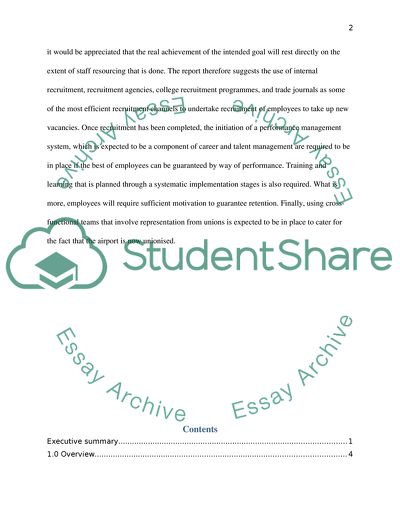Cite this document
(HR Director Essay Example | Topics and Well Written Essays - 2500 words, n.d.)
HR Director Essay Example | Topics and Well Written Essays - 2500 words. https://studentshare.org/human-resources/1877057-hr-director
HR Director Essay Example | Topics and Well Written Essays - 2500 words. https://studentshare.org/human-resources/1877057-hr-director
(HR Director Essay Example | Topics and Well Written Essays - 2500 Words)
HR Director Essay Example | Topics and Well Written Essays - 2500 Words. https://studentshare.org/human-resources/1877057-hr-director.
HR Director Essay Example | Topics and Well Written Essays - 2500 Words. https://studentshare.org/human-resources/1877057-hr-director.
“HR Director Essay Example | Topics and Well Written Essays - 2500 Words”. https://studentshare.org/human-resources/1877057-hr-director.


